Introduction
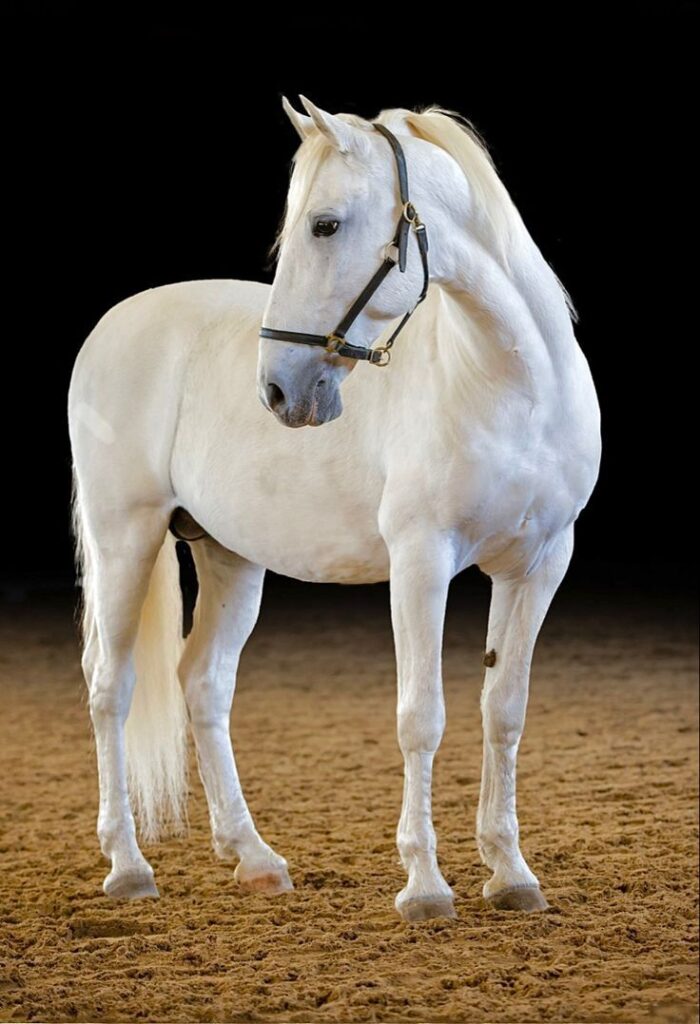
In the world of equestrian arts, few sights rival the sheer elegance and grace of Lipizzaner horses performing the intricate and mesmerizing art of dressage. These magnificent creatures have enthralled audiences for centuries with their exceptional poise, strength, and harmony. Today, we delve into the world of Lipizzaner horses and highlight three legendary dressage performers who have left an indelible mark on this mesmerizing discipline.
The Legacy of Lipizzaner Horses
A Royal Heritage
Lipizzaner horses, known for their striking white coats, have a storied history dating back to the 16th century. Originally bred for the Habsburg nobility in the Spanish Riding School of Vienna, these horses have maintained their royal lineage through meticulous breeding and training. Their connection to European royalty and aristocracy adds a layer of mystique to their already enchanting aura.
The Art of Dressage
Dressage, often referred to as “horse ballet,” is an equestrian discipline that emphasizes the harmony between horse and rider. It requires precision, control, and fluidity of movement. Lipizzaner horses excel in this demanding art form due to their innate intelligence and cooperative nature. Their performances are a testament to the artistry achievable in the world of horsemanship.
The Three Distinguished Dressage Performers
1. Maestoso II
Maestoso II, a stallion of noble lineage, is often regarded as the quintessential Lipizzaner dressage performer. Born in 1967, he quickly made a name for himself with his exceptional piaffe and passage movements. His charisma and willingness to perform complex routines endeared him to audiences worldwide. Maestoso II’s legacy continues to inspire aspiring dressage riders and trainers to this day.
2. Neapolitano Alarm
Neapolitano Alarm, a name that resonates with dressage aficionados, was another remarkable Lipizzaner stallion. His career spanned from the 1970s to the early 1990s, during which time he garnered numerous accolades for his remarkable levade and capriole movements. Neapolitano Alarm’s partnership with his riders exemplified the epitome of harmony in dressage.
3. Siglavy Capriola
Siglavy Capriola, a mare of extraordinary talent, is celebrated for her contributions to the world of Lipizzaner dressage. Her performances in the airs above the ground, including the famed courbette and croupade, have left spectators in awe. Siglavy Capriola’s agility and precision showcased the unparalleled connection between horse and rider, elevating the art of dressage to new heights.
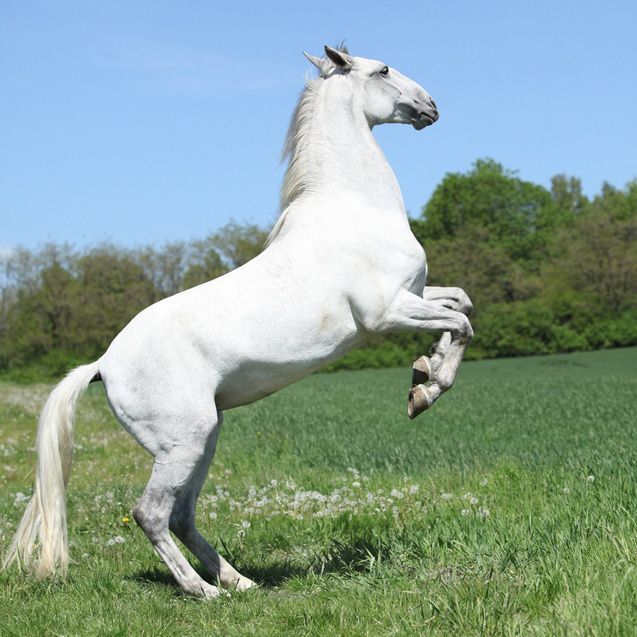
Frequently Asked Questions (FAQs)
Q1: What makes Lipizzaner horses suitable for dressage?
A: Lipizzaner horses possess a combination of traits that make them well-suited for dressage. These include intelligence, athleticism, a cooperative temperament, and a strong work ethic. Their natural grace and agility further enhance their suitability for this art form.
Q2: How long does it take to train a Lipizzaner horse for dressage?
A: Training a Lipizzaner horse for dressage is a meticulous process that typically spans several years. The exact duration depends on the horse’s individual progress and the expertise of the trainer. On average, it can take anywhere from four to seven years to develop a Lipizzaner into a skilled dressage performer.
Q3: Are Lipizzaner horses always white?
A: Although Lipizzaner horses are often linked to their striking white coats, it’s important to note that they aren’t always born white. Lipizzaner foals are usually born dark in color, often gray or black, and gradually lighten as they age. The transformation to their iconic white hue is usually complete by the age of six to ten years.
Q4: What are some signature movements in Lipizzaner dressage?
A: Lipizzaner dressage is known for its signature movements, including the piaffe, passage, levade, capriole, courbette, and croupade. These movements require a high degree of skill, precision, and coordination between the horse and rider, making them a captivating spectacle for audiences.
Q5: Are Lipizzaner horses Arabian?
No, Lipizzaner horses are not Arabian horses. Lipizzaner horses are a distinct breed that originated in Europe, particularly in the region that is now part of modern-day Slovenia. These horses are famous for their striking white coats and have a history that goes all the way back to the 16th century when they were specifically bred for the Habsburg nobility.
The Enduring Allure of Lipizzaner Dressage
The allure of Lipizzaner dressage transcends generations and continues to captivate audiences worldwide. The mesmerizing performances of these noble horses, in tandem with their skilled riders, evoke a sense of wonder and appreciation for the art of equestrianism. While we celebrate the legacy of Lipizzaner horses and their three distinguished dressage performers,” they remarked, “it serves as a reminder that genuine elegance in motion remains a timeless and awe-inspiring spectacle
Conclusion
In the realm of equestrian excellence, Lipizzaner horses have established themselves as icons of grace and precision. Their contributions to the art of dressage are nothing short of extraordinary, and the legacies of performers like Maestoso II, Neapolitano Alarm, and Siglavy Capriola continue to inspire both seasoned equestrians and newcomers alike. We marvel at the elegance in motion that these majestic creatures embody, and it reminds us that the bond between horse and rider is a testament to the enduring beauty of the equestrian world,” said the enthusiast.
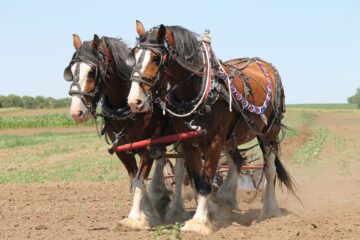
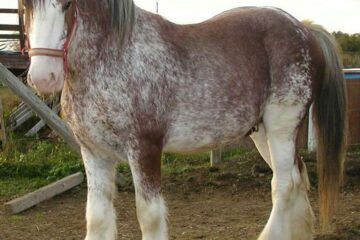
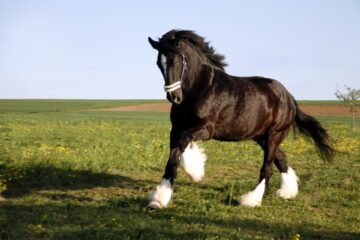
0 Comments